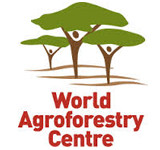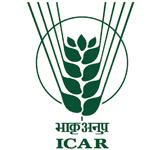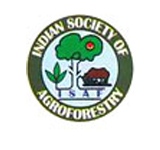
Vigyan Bhavan & Kempinski Ambience
10 - 14 February 2014
Delhi, India
blog
At least three research papers to be presented at the World Congress on Agroforestry will deal with Jatropha curcas, a tree that was once promoted in Africa as a biodiesel source, but disappointed many small-scale farmers.
One of the papers, ‘Agroforestry – a promising option for tree borne oil seeds production,’ argues that the major constraint in farming oilseeds is the lack of accurate information about the cultivation practices of particular species, their potential yields and income-generating potential.
Dr P. Kumar of Tamil Nadu Agricultural University and co-authors say a systematic approach backed by scientifically validated information is necessary to inform the promotion of oilseed species.
In another presentation, ICRAF scientist Miyuki Iiyama and colleagues will analyse the factors that adversely affected the value chain of jatropha in Africa. This post-assessment of the evidence is expected to provide important lessons from the past, as well as insights into future biofuel development in Africa.
In a third presentation, Balakrishna Gowda and colleagues will show how non-edible oil seed trees and crops can be important in multipurpose agroforestry systems. Based on a successful model developed and implemented in the state of Karnataka, India, the scientists will argue that the adoption of “multispecies consortia” of non-edible oilseed trees, including jatropha, supports productivity in food crops, and produces biodiesel for local use. Furthermore, the trees can be used to improve soil health, produce animal feeds, and so on.
By Isaiah Esipisu
—
Edited by D. Ouya







One Person has left comments on this post
Jatropha will now get due credits in its transformed version; began as a land-race to the status as variety is now a possibility through conventional breeding and emerging technologies using diverse germplasm. This is really a right time to begin domesticate with proven promise and potential either as clones from the hybrids of as true hybrids, either from the government supported organizations of private companies. It passed through the hype time and today with a variety and package to translate the inherent potential and its come back through agroforestry models and modules.